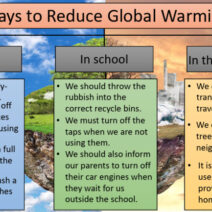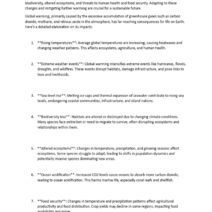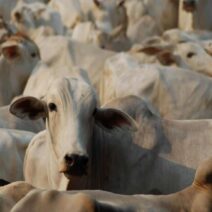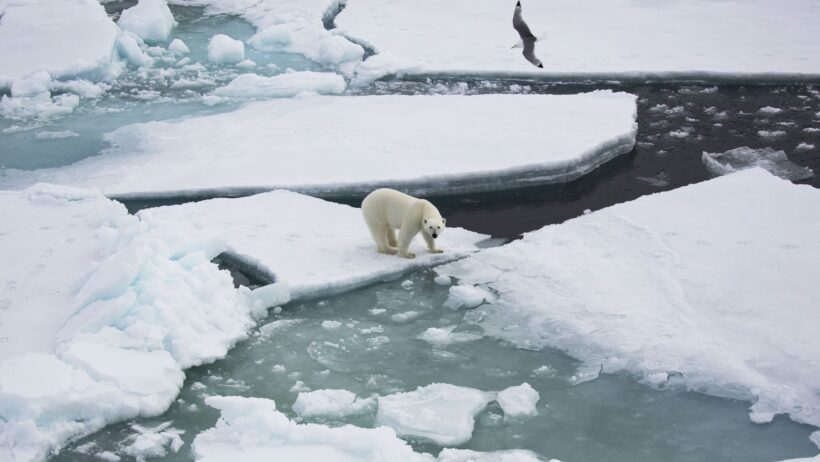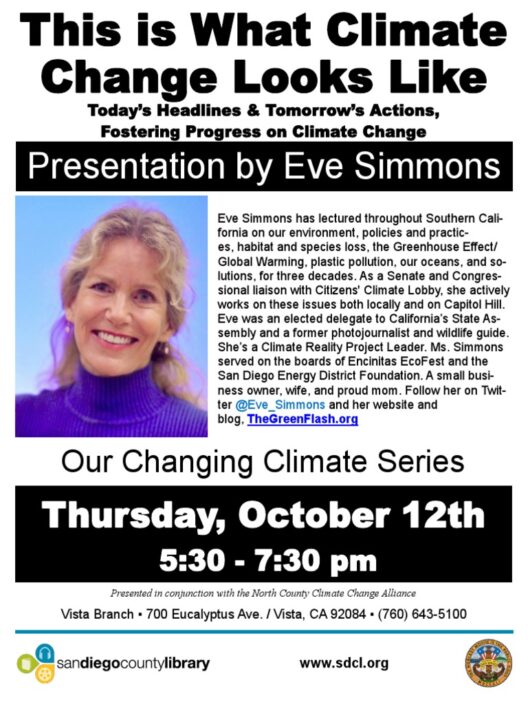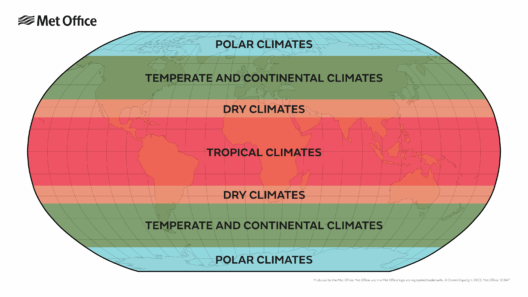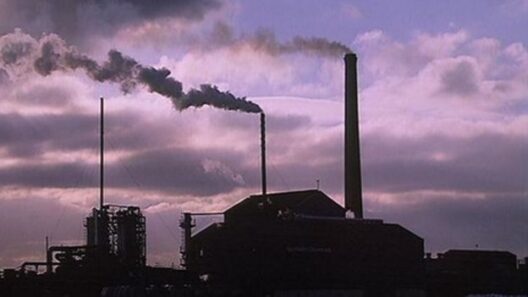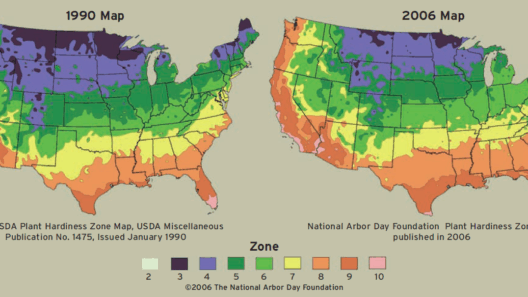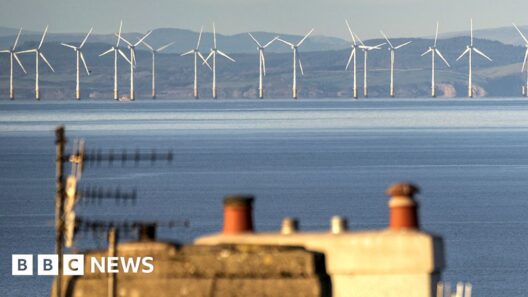Global warming has emerged as one of the most pressing issues of our time, its effects palpable in our daily lives and on the planet as a whole. For many, the question remains: what has changed since you were born? To truly grasp the profound transformations induced by climate change, we must embark on a journey through various dimensions – scientific, social, economic, and environmental.
The scientific consensus indicates that the Earth’s average surface temperature has increased by approximately 1.2 degrees Celsius since the late 19th century. This seemingly modest uptick belies its catastrophic implications. The result of anthropogenic greenhouse gas emissions—largely from fossil fuel consumption—this warming trend culminates in severe weather patterns, rising sea levels, and altered ecosystems. Each degree, as studies have illustrated, not only affects temperature but multiplies its effects, leading to a cascade of climatic consequences.
Consider the majestic polar ice caps and glaciers. These natural wonders, once symbols of Earth’s grandeur, are now harbingers of alarm. Satellite imagery reveals a stark decrease in glacial coverage, particularly in regions such as Greenland and Antarctica, where ice loss is accelerating at an unprecedented rate. As glaciers melt, freshwater resources dwindle, impacting millions who rely on glacial meltwater for drinking and irrigation. Moreover, the resultant melting sea ice contributes to rising sea levels, which have risen by about 8 to 9 inches since the late 19th century, threatening coastal communities and ecosystems worldwide.
This coastal vulnerability finds tangible expression in cities with extensive shorelines. Miami, New Orleans, and New York are already grappling with increased flooding. Communities once deemed secure now experience recurrent inundation. The “sunny day flooding” phenomenon, where streets flood even during low tides, exemplifies the creeping reality of climate change. The implications for urban planning and infrastructure are daunting; cities must rethink their approach to resilience.
Meanwhile, ecosystems are experiencing seismic shifts. The once-reliable patterns of seasons have become increasingly elusive. Species that have long occupied specific niches find themselves scrambling for survival as habitat ranges shift. The phenomenon of migration has taken on new meanings as animals and plants vie for optimal conditions. From the polar bears struggling on diminishing ice to the butterflies altering their migratory paths, changes in biodiversity reflect the profound and often tragic impacts of a warming world.
In a different light, climate change has also intensified the frequency and severity of extreme weather events. From hurricanes to droughts, the climate is throwing unprecedented challenges at humanity. The year 2020 exemplified this reality, with a record number of named storms in the Atlantic, wildfires raging across the western United States, and heatwaves shattering historical temperature records. Each event not only claims lives but disrupts livelihoods and places stress on emergency services and infrastructure.
The social fabric of communities is also fraying due to climate change. Displacement driven by environmental degradation is forcing people to abandon homes. Climate refugees emerge as a new category of displaced individuals, fleeing from regions rendered uninhabitable due to rising sea levels, droughts, or extreme weather. The challenges are not merely logistical but ethical. Nations grapple with the responsibility of absorbing those displaced and the socio-political tensions that arise from such movements.
Economically, the toll of climate change is staggering. A report by economic scholars suggests that unchecked climate change could cost the global economy trillions by the end of the century. Agricultural sectors face disruptions due to erratic weather patterns, pests thrive in warmer conditions, and fisheries endure overexploitation and habitat loss. Consequently, food security emerges as a looming crisis, particularly in developing nations where adaptive capacity is limited.
Despite these challenges, there emerges a glimmer of hope through innovation and adaptation. Advances in renewable energy technology—such as solar, wind, and hydroelectric power—demonstrate humanity’s capacity to pivot toward sustainable practices. Global agreements, such as the Paris Climate Accord, reflect a concerted effort to mitigate climate change collectively. Nations are slowly adopting policies aimed at reducing emissions, encouraging energy efficiency, and embracing sustainable land use practices.
Moreover, public awareness and activism surrounding climate change have burgeoned. The voices of youth, scientists, and concerned citizens advocate for bold collective action. Movements calling for climate justice, sustainable practices, and governmental accountability proliferate, pushing for systemic change. The power of grassroots movements cannot be understated; they challenge the status quo and demand a sustainable future.
As we reflect on the changes wrought by global warming since the day we were born, it becomes evident that the stakes are extraordinarily high. The essence of our planet hangs in the balance, yet the path forward is laden with possibility. Each of us possesses the potential to influence the trajectory of climate action. By choosing sustainably, advocating for change, and raising awareness, individual actions contribute to the larger movement against climate change.
Ultimately, understanding what has changed since you were born in terms of global warming is not just about recognizing the challenges. It is also about embracing the various avenues available for making a difference. It is a reminder that while climate change poses grave threats, it also offers opportunities for us to transform our relationship with the environment for future generations. The question remains: what role will you play in this narrative?
